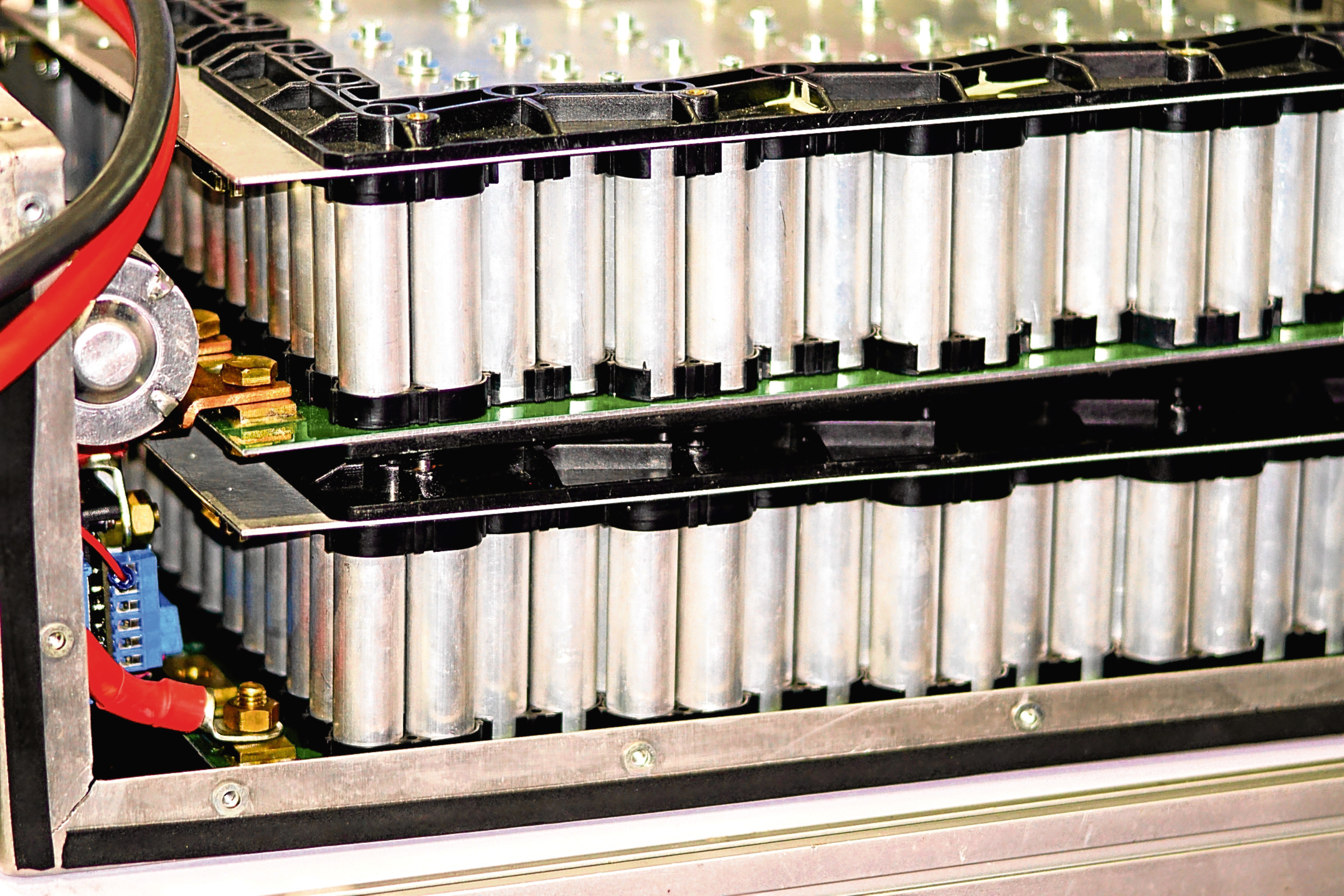Electric cars are really starting to become mainstream and charging points are popping up everywhere.
But what to do with the batteries once the useful life of the car they’re in is over?
Second-hand electric car batteries are to be repurposed to store energy produced by homeowners’ solar panels.
Renault has teamed up with electricity storage provider Powervault to re-use old car batteries in home storage units. It claims the partnership will reduce the cost of these units by 30 per cent, marking “the tipping point of mass-market roll-out in the UK”.
The companies are fitting 50 trial units in homes and schools to measure how effective the batteries are, and how customers respond to the technology.
The energy storage units allow homeowners with solar panels to directly store the energy they create for later use. They can also charge from the grid during off-peak hours, so it can be used during on-peak times, reducing bills.
Renault says the batteries in its cars typically last eight to 10 years. Customers pay a monthly rental fee for the battery – ranging from £49 to £110 depending on mileage – which means it can be swapped out for free when the time comes.
Under this program, the batteries will then be handed to Powervault to be repackaged as smaller units. It is estimated that this will give them an additional 10 years of use before they need to be recycled.
Nicolas Schottey, program director of EV batteries and infrastructures at Renault, said: “Thanks to this home energy storage partnership with Powervault, Renault is adding a new element into its global strategy for second life batteries, which already covers a large number of usages from industrial to residential building and districts.
“The second life use not only gives additional life to electric vehicle batteries before they are recycled, but also allow consumers to save money. It’s a win-win-win: for EV owners, home-owners and the planet.”
jmckeown@thecourier.co.uk










